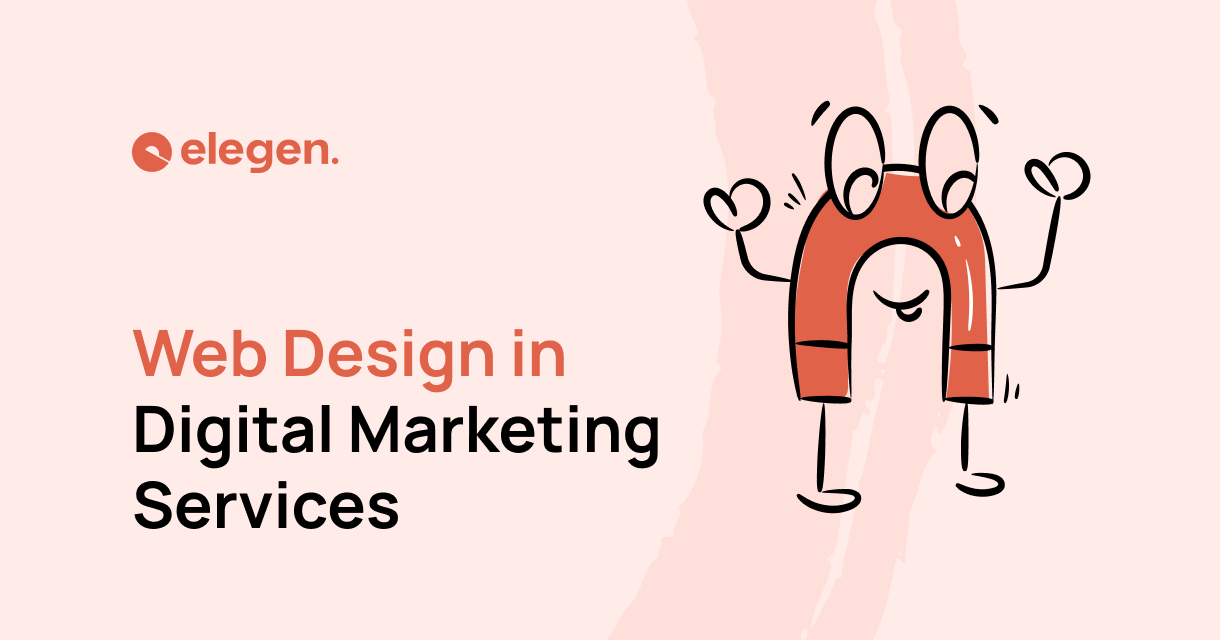In the progressive digital world , the creative art of interactive user interface design is positioned as a foundation of technological improvement, making it possible to be seamless in interaction among the users and digital technologies. This versatile system directs the complicated ground of human-computer interplay , putting together the design and technology to sleight interfaces which transcend trifling functionality, raising user experiences to new points of heights of engagement that is reason to the user satisfaction.
The importance of interactive user interface design cannot be described in words. It is like a bridge between digital systems and users . It performs as essential elements for promoting engagement as well as serviceability. It is now a days becomes a new field of creativity in professional criteria and that is why most of the people are interested in working in the field of interactive user interface design.
This job must be suitable for the one who has interest in the digital creativity sector but it is not that easy to execute as it is easier to hear. He has to know about the key aspects and methodologies of interactive user interface design because without these things it is not possible for one to work in this profession.
Are you the one who is interested in digital creativity and want to work in the sector of interactive user interface design? Then our this article is gonna help you. Because here we are going to explain each and every key aspects and methodologies about interactive user interface design. So there is no need to worry and stay with us till the end . Let’s begin –
Key Aspects of interactive user interface design-
The base of interactive user interface design is lies in the superfluity of
key aspects and these each of the aspects are combined together with complexity . These key aspects are pervaded with human cognition along with design principles. Let us embark upon this voyage of exploring and interpreting these key aspects in the maze like lexicon of complexity –
User-Centred Design Pattern:
Leading to the tenor of interactive user interface design is the pattern of user-centred design, wherefore the requires , behaviours as well as cognitive procedure of users dominion of highest level. This pattern propounds that interfaces should be carefully made up to put in order with psychological models as well as expectations of users, promoting a cooperative connection among humans and technologies.
Consistency and Affordances in words :
In the world of digital interface design , consistency and affordances in words works as pillars by which the users get familiar with the use of new designs. By consistent employ and utilisation of visual figures the interaction paradigm inculcates the interfaces with the words emerging with coherence. At the same time , affordances refers to identifying the movements that the users are executing through the interactions.
Cognitional load reduction :
A major aspect in interface design is to reduce the cognitional load which targets to relieve cognitive weight that sets upon the users to interact with the digital technology. By the sensible infliction of particular details ,visual sequence and interaction design , the designers get help in trying to decrease irrelevant cognitive burden, activating users to assign their cognitive funds more expertly.
Gathering Feedback :
Collecting the users feedback both immediate and delayed can be of service as way over of communication between the interface and the user. It can provide pivotal information pertaining to the consequence of user actions more efficiently .
Exploration of Information Architecture :
Exploration of Information Architecture is a vital key aspects of interactive user interface design. Harmonising with this principle, sturdy information architecture forms content in a sequential manner.
Methodologies for Interactive user interface design :
It is essential to navigate the methodologies of interactive user interface design to approach the versatile nature of the design procedure. It forms the induction of thought to the fruition of implementation ,and these methodologies indicate the way of designers to develop the design process. Let us elucidate the methodologies below –
Design Thinking:
By grabbing human-centric principles , design thinking promotes empathy, imaginativeness , as well as collaboration in the accomplishment of progressive solutions to complicate problems. This repetitious method cheers up the designers to be considerate with users and at the same time they find out about the users needs, attempt to look for the solution for the problems that users are facing based on their feedback info. As a result they able to create user-centric interfaces that can increase their targeted audience engagement.
Prompt Development :
In the phase of interface design, promptness reigns over as supremity. It allows the designers to modify according to the evolving requirements and grant iterative advancements in an active and quick to react in manner at the same time. Here we can include rapid prototyping, feedback loops and flexibility in the design process as methods of work.
In the end we have to say that it is iterative progressive process which definitely includes User-Centred Design Pattern, Consistency and Affordances in words, Cognitional load reduction, Gathering Feedback ,
Exploration of Information Architecture, as key aspects and Design Thinking and Prompt Development as methodologies to refine the digital design as well as enhance user experience. By adhering to these key aspects and methodologies designers can generate functional and intuitive interfaces at the same time . And by the end as you have learned about these essentials , we hope now you have no questions. We are thankful as you stayed with us till the end.




